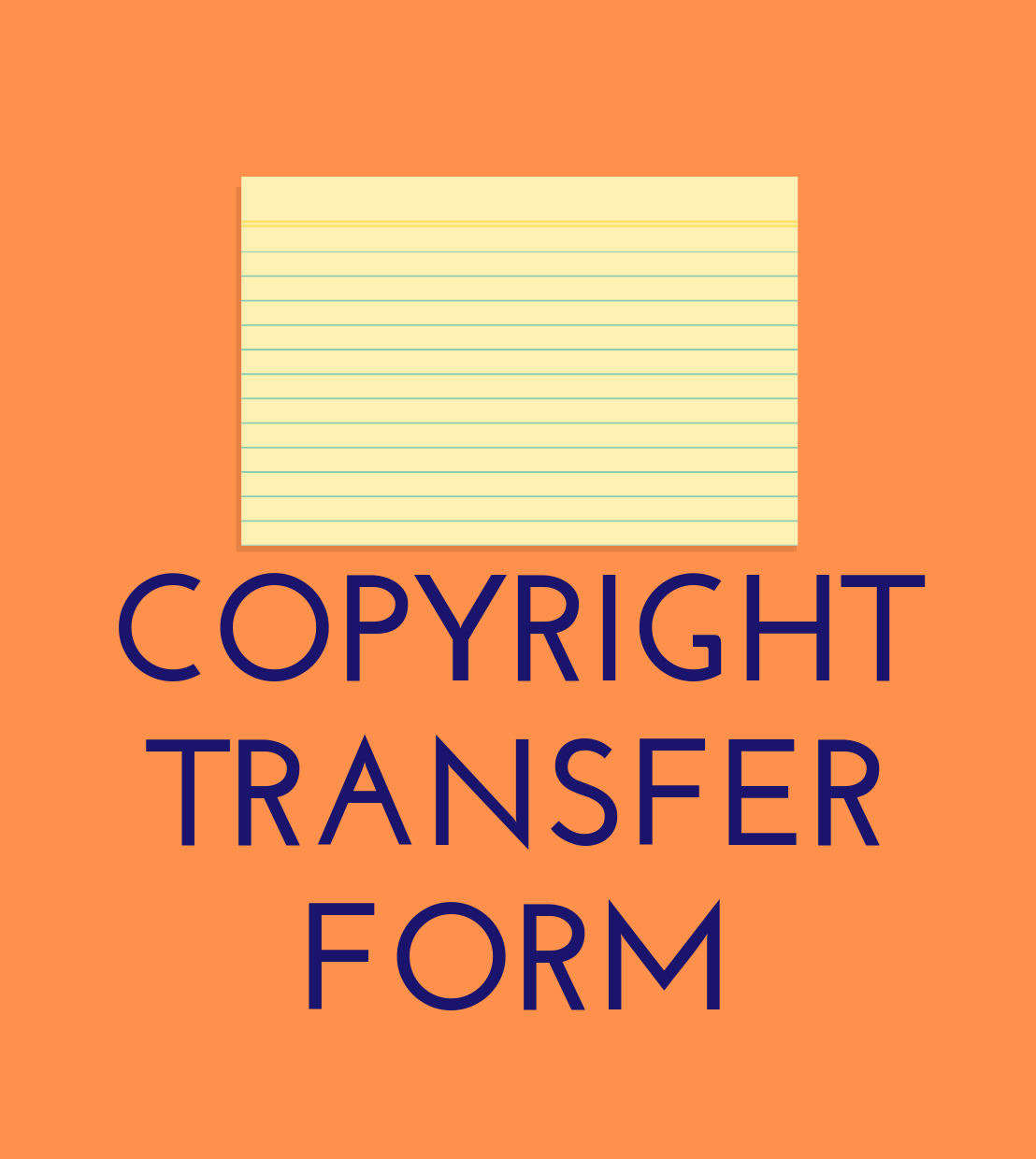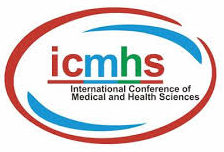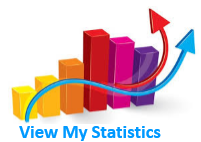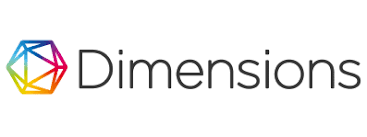- Focus and Scope
- Section Policies
- Peer Review Process
- Publication Frequency
- Open Access Policy
- Archiving
- Author Fees
- Plagiarism Policy
- Retraction, Withdrawal, & Correction (R-W-C) Policy
Focus and Scope
JMMR (Jurnal Medicoeticolegal dan Manajemen Rumah Sakit) focuses on the research and research review related to hospital management that is relevant for the development of the theory and practice of hospital management in Indonesia and southeast Asia. JMMR covered various research approaches, namely: quantitative, qualitative, and mixed-method. JMMR focuses related on various themes, topics, and aspects of accounting and investment, including (but not limited) to the following topics:
- Hospital Management
- Hospital Accounting
- Health Services Management
- Health Insurance
- Health Policy
- Community Health Center
- Medicine
- Nursing
- Pharmacy
Section Policies
Articles
Literature Review
Peer Review Process
Peer-review is the system used to assess the quality of a manuscript before it is published. Independent researchers in the relevant research area assess submitted manuscripts for originality, validity, and significance to help editors determine whether the manuscript should be published in their journal.
When a manuscript is submitted to a journal, it is assessed to see if it meets the criteria for submission. If it does, the editorial team will select potential peer reviewers within the field of research to peer-review the manuscript and make recommendations.
Determination of the article that will be published in JMMR carried out through double-blind peer review by editors and reviewers by considering two main aspects, namely: relevance and contribution of articles on theory and practical development. Editors and reviewers provide constructive feedback on the evaluation results to the author.
Publication Frequency
Jurnal Medicoeticolegal dan Manajemen Rumah Sakit is published thrice in a year, each April, August, and December at each volume.
Jurnal Medicoeticolegal dan Manajemen Rumah Sakit terbit sebanyak tiga kali dalam setahun yaitu pada setiap bulan April, Agustus, dan Desember pada masing-masing volume.
Open Access Policy
This journal provides immediate open access to its content on the principle that making research freely available to the public supports a greater global exchange of knowledge.
This journal is open access journal which means that all content is freely available without charge to users or / institution. Users are allowed to read, download, copy, distribute, print, search, or link to full text articles in this journal without asking prior permission from the publisher or author. This is in accordance with Budapest Open Access Initiative
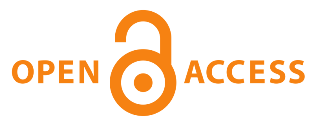
Budapest Open Access Initiative
For various reasons, this kind of free and unrestricted online availability, which we will call open access, has so far been limited to small portions of the journal literature. But even in these limited collections, many different initiatives have shown that open access is economically feasible, that it gives readers extraordinary power to find and make use of relevant literature, and that it gives authors and their works vast and measurable new visibility, readership, and impact. To secure these benefits for all, we call on all interested institutions and individuals to help open up access to the rest of this literature and remove the barriers, especially the price barriers, that stand in the way. The more who join the effort to advance this cause, the sooner we will all enjoy the benefits of open access.
The literature that should be freely accessible online is that which scholars give to the world without expectation of payment. Primarily, this category encompasses their peer-reviewed journal articles, but it also includes any unreviewed preprints that they might wish to put online for comment or to alert colleagues to important research findings. There are many degrees and kinds of wider and easier access to this literature. By "open access" to this literature, we mean its free availability on the public internet, permitting any users to read, download, copy, distribute, print, search, or link to the full texts of these articles, crawl them for indexing, pass them as data to software, or use them for any other lawful purpose, without financial, legal, or technical barriers other than those inseparable from gaining access to the internet itself. The only constraint on reproduction and distribution, and the only role for copyright in this domain, should be to give authors control over the integrity of their work and the right to be properly acknowledged and cited.
While the peer-reviewed journal literature should be accessible online without cost to readers, it is not costless to produce. However, experiments show that the overall costs of providing open access to this literature are far lower than the costs of traditional forms of dissemination. With such an opportunity to save money and expand the scope of dissemination at the same time, there is today a strong incentive for professional associations, universities, libraries, foundations, and others to embrace open access as a means of advancing their missions. Achieving open access will require new cost recovery models and financing mechanisms, but the significantly lower overall cost of dissemination is a reason to be confident that the goal is attainable and not merely preferable or utopian.
To achieve open access to scholarly journal literature, we recommend two complementary strategies.
I. Self-Archiving: First, scholars need the tools and assistance to deposit their refereed journal articles in open electronic archives, a practice commonly called, self-archiving. When these archives conform to standards created by the Open Archives Initiative, then search engines and other tools can treat the separate archives as one. Users then need not know which archives exist or where they are located in order to find and make use of their contents.
II. Open-access Journals: Second, scholars need the means to launch a new generation of journals committed to open access, and to help existing journals that elect to make the transition to open access. Because journal articles should be disseminated as widely as possible, these new journals will no longer invoke copyright to restrict access to and use of the material they publish. Instead they will use copyright and other tools to ensure permanent open access to all the articles they publish. Because price is a barrier to access, these new journals will not charge subscription or access fees, and will turn to other methods for covering their expenses. There are many alternative sources of funds for this purpose, including the foundations and governments that fund research, the universities and laboratories that employ researchers, endowments set up by discipline or institution, friends of the cause of open access, profits from the sale of add-ons to the basic texts, funds freed up by the demise or cancellation of journals charging traditional subscription or access fees, or even contributions from the researchers themselves. There is no need to favor one of these solutions over the others for all disciplines or nations, and no need to stop looking for other, creative alternatives.
Open access to peer-reviewed journal literature is the goal. Self-archiving (I.) and a new generation of open-access journals (II.) are the ways to attain this goal. They are not only direct and effective means to this end, they are within the reach of scholars themselves, immediately, and need not wait on changes brought about by markets or legislation. While we endorse the two strategies just outlined, we also encourage experimentation with further ways to make the transition from the present methods of dissemination to open access. Flexibility, experimentation, and adaptation to local circumstances are the best ways to assure that progress in diverse settings will be rapid, secure, and long-lived.
The Open Society Institute, the foundation network founded by philanthropist George Soros, is committed to providing initial help and funding to realize this goal. It will use its resources and influence to extend and promote institutional self-archiving, to launch new open-access journals, and to help an open-access journal system become economically self-sustaining. While the Open Society Institute's commitment and resources are substantial, this initiative is very much in need of other organizations to lend their effort and resources.
We invite governments, universities, libraries, journal editors, publishers, foundations, learned societies, professional associations, and individual scholars who share our vision to join us in the task of removing the barriers to open access and building a future in which research and education in every part of the world are that much more free to flourish.
February 14, 2002
Budapest, Hungary
Leslie Chan: Bioline International
Darius Cuplinskas: Director, Information Program, Open Society Institute
Michael Eisen: Public Library of Science
Fred Friend: Director Scholarly Communication, University College London
Yana Genova: Next Page Foundation
Jean-Claude Guédon: University of Montreal
Melissa Hagemann: Program Officer, Information Program, Open Society Institute
Stevan Harnad: Professor of Cognitive Science, University of Southampton, Universite du Quebec a Montreal
Rick Johnson: Director, Scholarly Publishing and Academic Resources Coalition (SPARC)
Rima Kupryte: Open Society Institute
Manfredi La Manna: Electronic Society for Social Scientists
István Rév: Open Society Institute, Open Society Archives
Monika Segbert: eIFL Project consultant
Sidnei de Souza: Informatics Director at CRIA, Bioline International
Peter Suber: Professor of Philosophy, Earlham College & The Free Online Scholarship Newsletter
Jan Velterop: Publisher, BioMed Central
Archiving
This journal utilizes the LOCKSS system to create a distributed archiving system among participating libraries and permits those libraries to create permanent archives of the journal for purposes of preservation and restoration. More...
Author Fees
JMMR (Jurnal Medicoeticoilegal dan Manajemen Rumah Sakit) is a journal publication that is not oriented to profit. Therefore, for the publication process, JMMR regarding certain costs, namely:
- The cost of article Process submission Rp 0, - ($ 0.-)
- The cost of an article Accepted /published Rp 1.500.000, - (USD 99.17.-) (author [s] will get 1 (one) hard copies of JMMR with free of shipping cost, Certificate, Free Proofread)
Plagiarism Policy
Every manuscript that submitted into JMMR is going to be scanned using Turnitin (similarity check).
Retraction, Withdrawal, & Correction (R-W-C) Policy
Policy Statement
We understand that the authors have worked carefully in preparing manuscripts, and we have carried out peer-review processes. However, sometimes there is the potential for published articles to be withdrawn or even deleted for scientific reasons. It should not be done lightly and can only occur under extraordinary circumstances. Therefore, corrections, clarifications, retractions, and apologies when needed will be carried out with strict standards to maintain confidence in the authority of its electronic archives. It is our commitment and policy to maintain the integrity and completeness of important scientific records for researchers and librarians archives.
Content Integrity and Maintenance
Applying the CrossMark icon is a commitment by JMMR (Jurnal Medicoeticolegal dan Manajemen Rumah Sakit) to maintain the content published and alert readers to changes if and when they occur. CrossMark, a multi-publisher initiative from CrossRef, provides a standard way for readers to locate the authoritative version of a document. JMMR (Jurnal Medicoeticolegal dan Manajemen Rumah Sakit) recognizes the importance of the integrity and completeness of the scholarly record to researchers and librarians and attaches the highest importance to maintaining trust in the authority of its electronic archive. Clicking on the CrossMark icon will inform the reader of the current status of a document and may also provide additional publication record information about the document.
Article Retraction
JMMR (Jurnal Medicoeticolegal dan Manajemen Rumah Sakit), we have a commitment to maintaining the integrity of the academic record, so there are times when there is a need to retract articles. An article would be retracted for the following reasons:
- If there are major scientific errors, that will invalidate the article conclusion. An example is when there is evidence that that the findings in the article is unreliable either due to an honest error – a miscalculation or experimental error or as a result of misconduct – data fabrication.
- If the research and resulting findings have already been posted elsewhere without appropriate cross-referencing, justification, or permission – the case of a redundant publication.
- If there are plagiarism issues – the use of the words used in another publication without giving credit – or inappropriate authorship.
To make sure that retractions are handled to the best practice of publications, and also in accordance with COPE retraction guidelines, Journal of Governance and Public Policy make use of the following retraction process:
- Any article which requires potential retraction should be brought to the notice of the journal editor.
- Once this is done, the journal editor would follow the guidelines according to the COPE flow chat – this includes the evaluations of the answers given by the author of the article t certain questions.
- The editor's findings are then sent over to the Ethics Advisory Board before any action can be taken. This step is put in place to ensure a consistent approach to these situations in accordance with the best practices of the industry.
- The decision on whether or not the publication is going to be retracted or not is communicated to the author and other relevant bodies such as the Author's institution if necessary.
- When all this is concluded, a retraction statement is posted online and then published in the next available issue of the journal – we are going to be giving detailed information on this step as we move on.
Note: if the author retains copyright for an article, this does not qualify them for the right to retract it after publication. The integrity of the public scientific record is important, and COPE's Retraction Guidelines still apply in such cases.
Article Withdrawal
It is not in the jurisdiction of an author to withdraw a submitted manuscript. This is because referees, editors, and publishers have spent a lot of time editing and processing the submitted manuscript leaving the sudden retraction a waste of valuable resources. Before an author submits a manuscript, through our OJS, the author is required to provide the following checklist:
If the author requests the withdrawal of his/her manuscript when the manuscript is still in the peer-reviewing process, the author would be banned to submit his/her manuscript to JMMR one year after the withdrawal date.
If the manuscript's withdrawal after the manuscript is accepted for publication, the author would be banned to submit his/her manuscript to JMMR two years after the withdrawal date.- If an article has been published as "Article in Press" (articles that have been accepted for publication but which has not been formally published and will not have the complete volume/issue/page information) that include errors or are discovered to be accidental duplicates of other published article(s), or are determined to violate our journal publishing ethics guidelines in the view of the editors (such as multiple submissions, bogus claims of authorship, plagiarism, fraudulent use of data or the like), maybe "Withdrawn "From the JMMR website. Withdrawing means that the article content (HTML and PDF) is deleted and replaced with an HTML page, and PDF states that the article has been withdrawn. In this case, the author would be banned to submit his/her manuscript to JMMR three years after the withdrawal date.
- If the author refuses to pay the penalty at any point, the author, alongside any affiliation linked to him/her, would be blacklisted for publication for three years.
- If there is a request to withdraw a manuscript by the author, an official letter signed by the corresponding agency leader and the author must be sent to the Principal Editor.
Article Correction
Issuing a correction is considered by JMMR (Jurnal Medicoeticolegal dan Manajemen Rumah Sakit) if the following happens:
- A small section of a reliable publication reports flawed data, which misleads due to an honest error.
- The Contributor list or Author is incorrect (e.g., a deserving author has been omitted, and likewise, a person who is not worthy of authorship criteria has been included.
Corrections to peer-reviewed content fall into one of these three categories:
- Publisher correction (erratum): this helps to notify readers of a major error made by a publishing staff that negatively impacts a publication record or the scientific veracity of the article, or the reputation of the Journal or authors.
- Author correction (corrigendum): this also helps to notify a reader of an error made by an author, which negatively impacts the scientific integrity of a publication record or the reputation of the author of the journal.
- Addendum: this is where there is an addition to the article by the author to explain inconsistencies and expand the existing work or explain or update the information in the main work.
Deciding whether a correction should be issued is made by the editor of a journal, and this sometimes comes with advice from Reviewers or Editorial Board Members. Handling Editors would contact the Authors of the concerned paper with a clarification request, but the final decision on a correction is required, and if so, which type rests on the editors.
Article Removal
There might be a need to remove a published article from an online platform in a limited number of cases. This would only occur if an article is defamatory or infringes the legal rights of others, or we have good reason to believe that the publication would cause certain court orders. In such situations, while the metadata of the article will be retained, the text would be will be replaced with another screen, which points out that the article has been removed to prevent any legal complications.
Article Replacement
At a point, an author of an original paper may wish to remove or retract the flawed original and replace it with another corrected version. Under these circumstances, the retraction procedure would be followed, with the difference stating that the article retraction notice would contain a link to the – corrected – re-published article alongside the history of the document.


